A new study has identified the cause of the lake’s water loss.
In the last 25 years, the Salton Sea, California’s most polluted inland lake, has lost a third of its water. According to a new study, the reason for the decline is a reduction in Colorado River flow.
As the lake dries up, the concentration of salt and chemicals in the remaining water has skyrocketed, triggering a mass die-off of fish and birds, including endangered species. The salty, toxic water that coats the dry lakebed turns it into dust, causing respiratory problems for nearby residents.
“It is an environmental catastrophe,” said Juan S. Acero Triana, a University of California, Riverside hydrologist and lead author of a new study focused on understanding water movement on and below Earth’s surface near the Salton Sea, a research field called hydrology. The study was funded by the National Science Foundation’s Innovation at the Nexus of Food, Energy, and Water Systems, or INFEWS, program.
There have been several theories proposed as to why water levels are steadily falling. Some attribute the lake’s drying up to climate change and heat. Some people think that agriculture could be to blame. As irrigation systems improve and crops are modified to require less water, less water enters the Salton Sea. These, according to the researchers, are not the main factors contributing to the sea’s decline.
“There is less water coming from the Colorado River into the Sea, and that is driving the problem,” said Hoori Ajami, UCR hydrologist, study co-author, and principal investigator. This finding, and the methods used to obtain it, were recently published in the journal Water Resources Research.
The researchers took into account the important factors influencing the water balance of an endorheic lake, like the Salton Sea, where water flows in but not out to any tributaries. Endorheic lakes have been declining at an “alarming” rate in recent decades owing to the combined impacts of global warming and water diversion for agricultural and industrial purposes, according to the researchers.
To understand the reasons for the Salton Sea’s decline, the researchers used a hydrologic model that accounted for all processes in the surrounding areas that impact the lake’s water balance, including climate, soil types, land slope, and plant growth.
Geographically the model included data not only about the Sea itself, but also from the surrounding watershed, streams entering the lake, and the land area that drains into those streams.
Data for the model was hard to come by as this is a transboundary basin on the US-Mexico border between California and Baja California Norte, and stakeholders may have been reluctant to share data that could alter previously earned water rights. However, using publicly available data and data mining techniques, UCR researchers were able to simulate long-term water balance dynamics and identify reduced Colorado River flows as the main cause of the Salton Sea shrinking.
“It’s not entirely clear, however, whether the decline in Colorado River water is more due to global warming drying out the river, or reductions in allocation levels to California, or both,” Acero Triana said.
Despite that lingering ambiguity, the researchers say the study should send a message to water management agencies and lawmakers that the Salton Sea watershed should be considered part of the Colorado River basin.
“Usually, the Sea is considered an independent system, and a watershed-centric approach considering surface and groundwater resources is needed to find a solution,” Ajami said. “As the environmental risks of a shrinking Sea mount, all parties must work together to mitigate the danger.”
Reference: “Identifying Major Hydrologic Change Drivers in a Highly Managed Transboundary Endorheic Basin: Integrating Hydro-Ecological Models and Time Series Data Mining Techniques” by Juan S. Acero Triana and Hoori Ajami, 23 August 2022, Water Resources Research.
DOI: 10.1029/2022WR032281

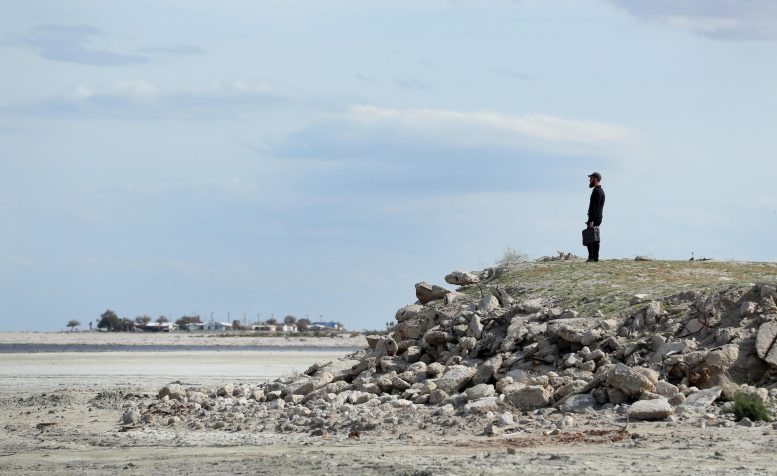
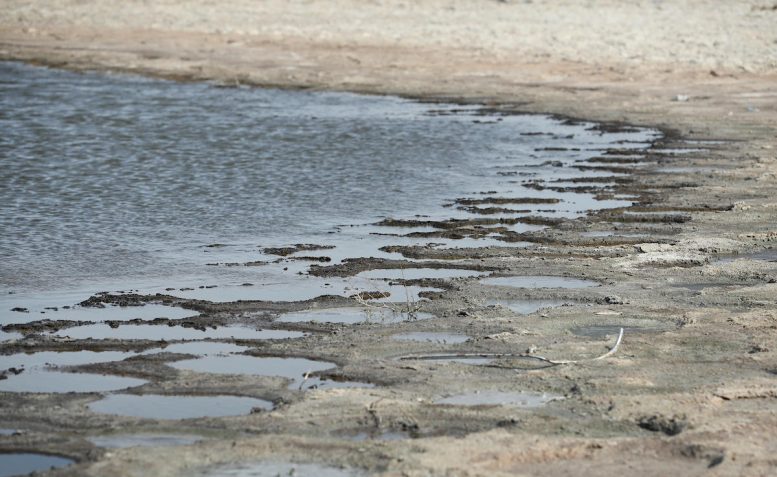
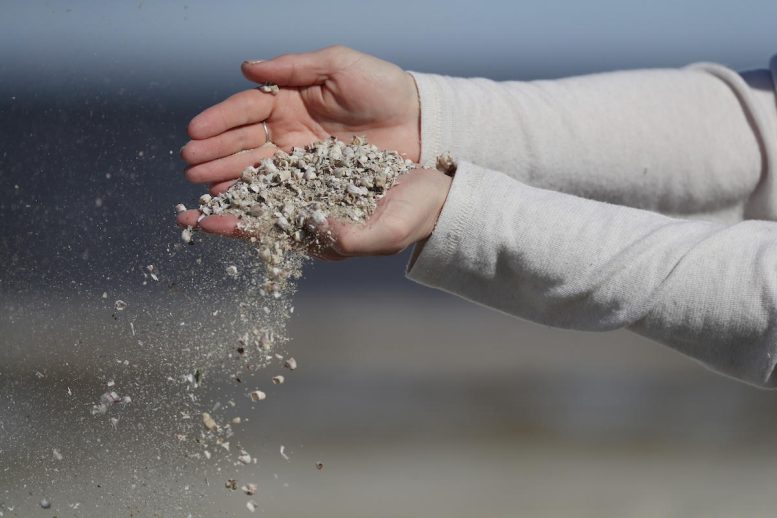
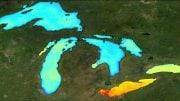
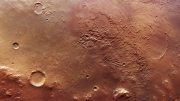
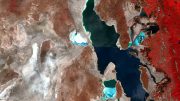
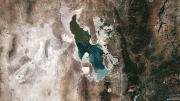
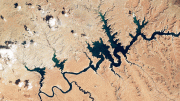
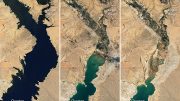
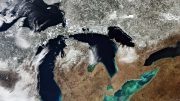
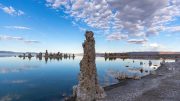
The Salton Basin was dry until 1905, when the failure of an irrigation system allowed water from the Colorado River to flow into it, creating the Salton Sea. At the time, they thought it was a disaster.
That is what I get from Wikipedia, anyway. The river created the sea, now it is destroying it. If the sea goes back to a dry basin, I don’t see how that basin would be any different from what it was before. If the dust is toxic now, it must have been toxic then.
The dust is toxic now because the pesticides and other agricultural products being used in the Coachella Valley didn’t exist before 1905. The water being used on those farms feeds the sea as well as the river
Naturally occurring toxic metals like Selenium, Arsenic and Lead were bound up in soil in 1905 (although a metals like arsenic were later used heavily in agriculture and entered the Salron Sea as runoff) and there were no massive inputs of toxic industrial pesticides and herbicides in the early days. Accumulating salts extracted metals and pesticides and then became airborne as dust.
So no, the sea dust was not nearly as toxic before agricultural runoff poisoned it.
The history of the Salton Sea goes back much further than 1905. in fact, it has filled and emptied at least five times in the last 12,000 years. The last time it was filled was over five hundred years ago when it was fished by the Cahuilla people. Part of the Great Basin, the sea and much of the lower basin has been filled intermittently by flooding from the Colorado river basin. Damming of the river has eliminated this source of water to The Salton sea preventing it from filling and draining except in the 1905 incident. With the exception of fertilizers whom use is now severely curtailed, there is no significant addition of these compounds. The sea is destined to dry out again as it has countless times before. Unfortunately, it will likely not fill again until the dams built on the Colorado are removed or destroyed by nature, which is unlikely to happen for several lifetimes. In summary, human intervention will merely be a blip in the history of the sea. All wildlife, which has only been here since 1905 will move on or perish like in the past and return only when the natural cycle is allowed to continue.